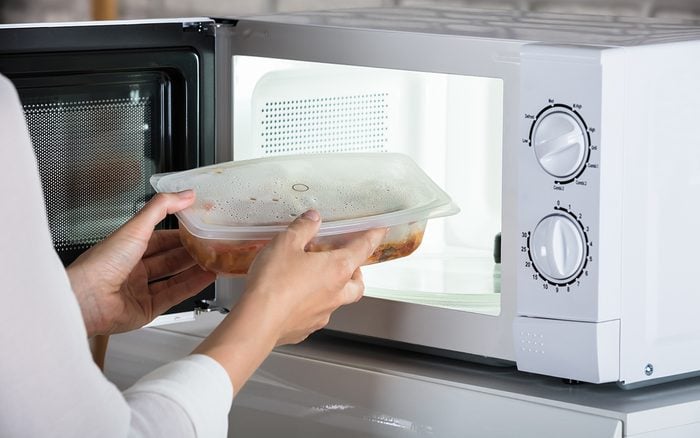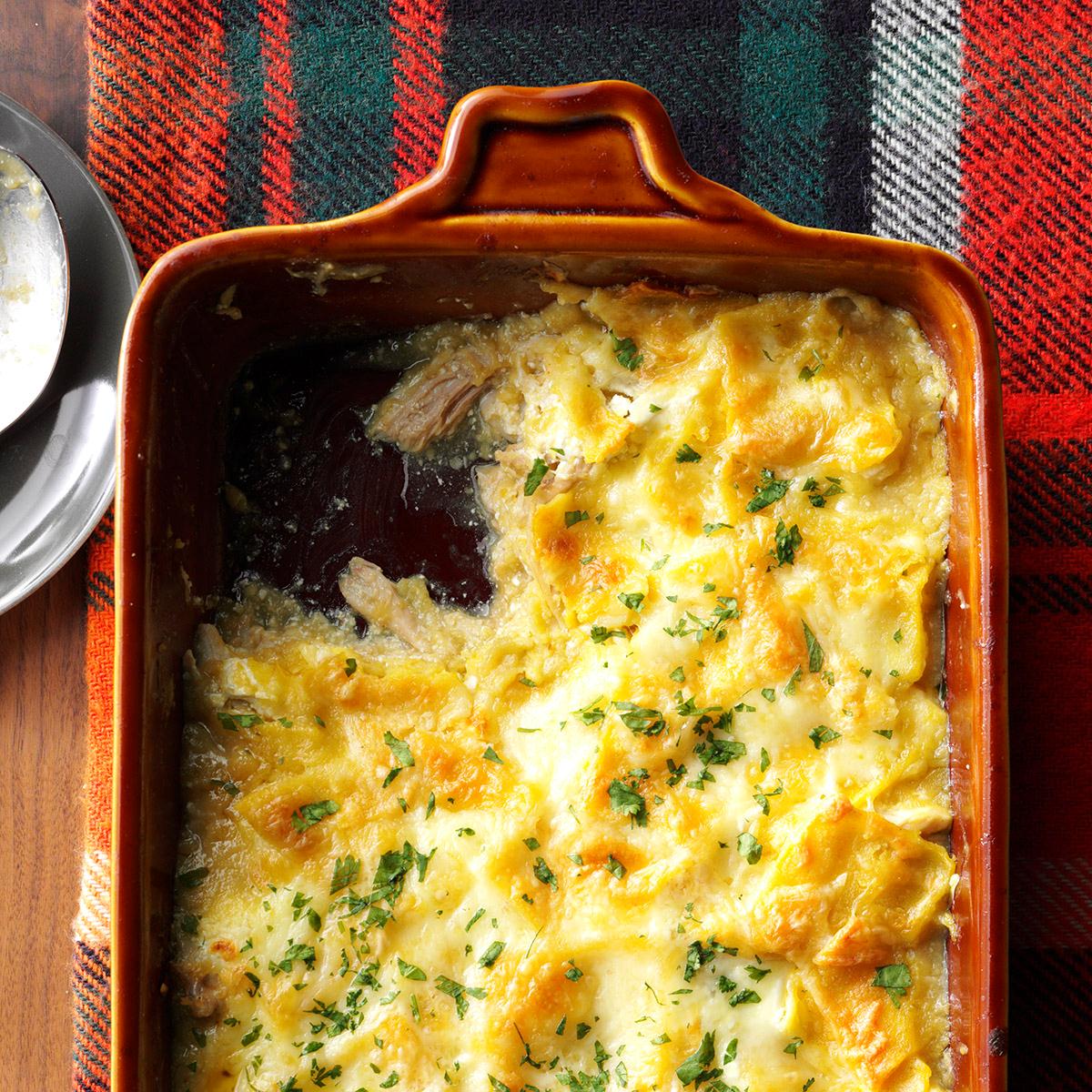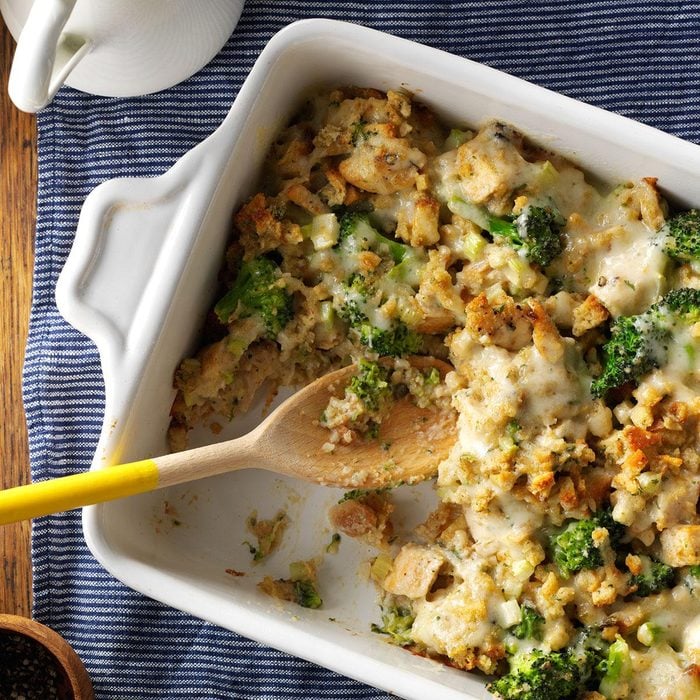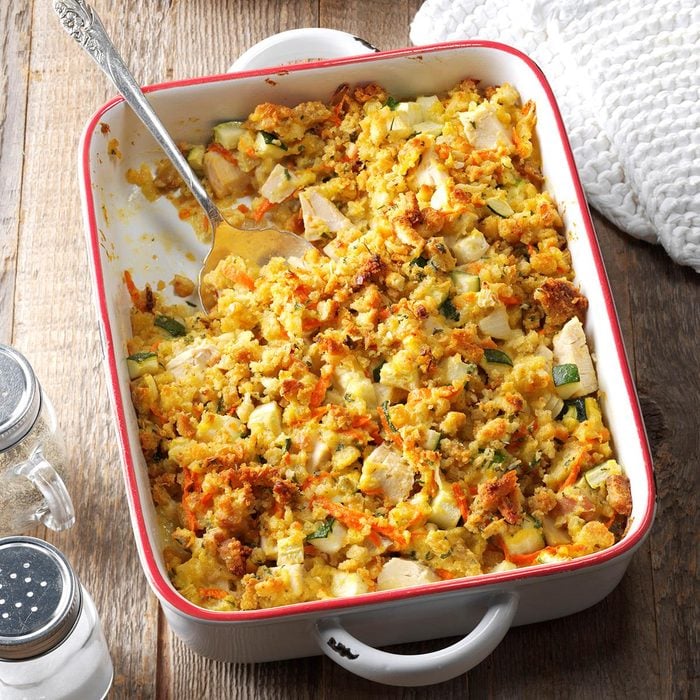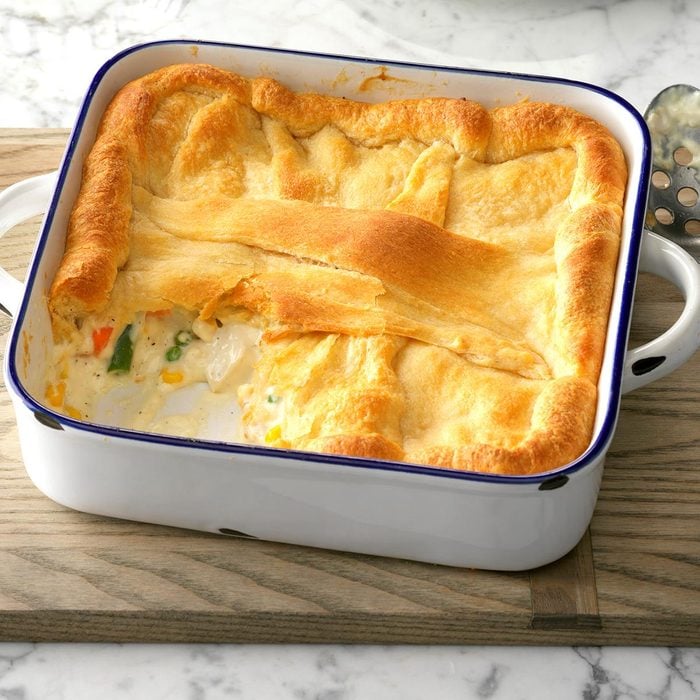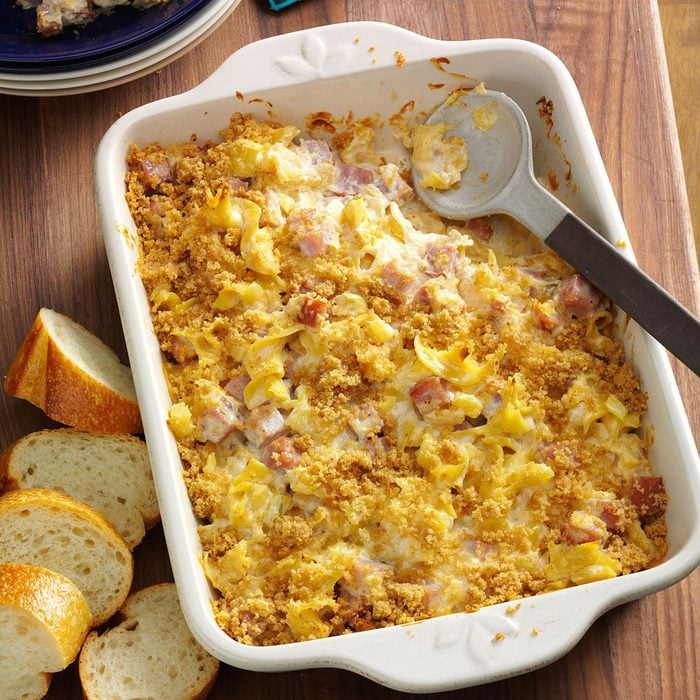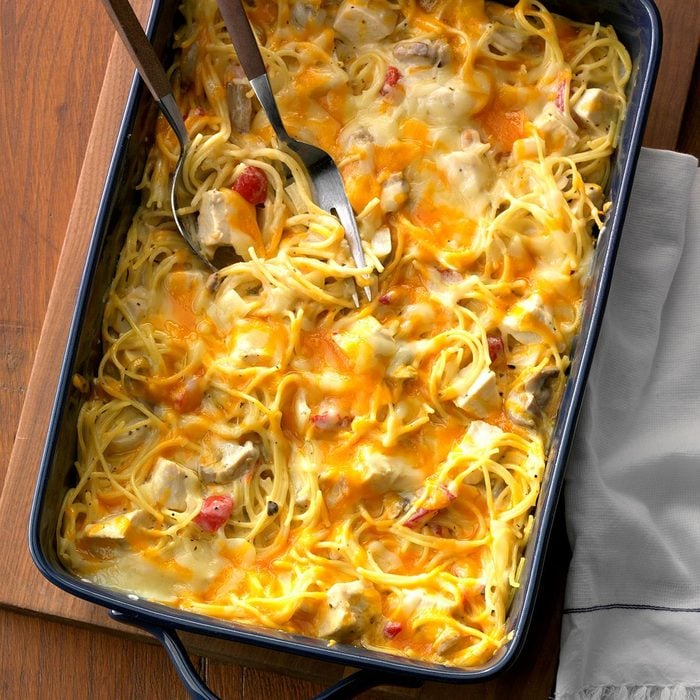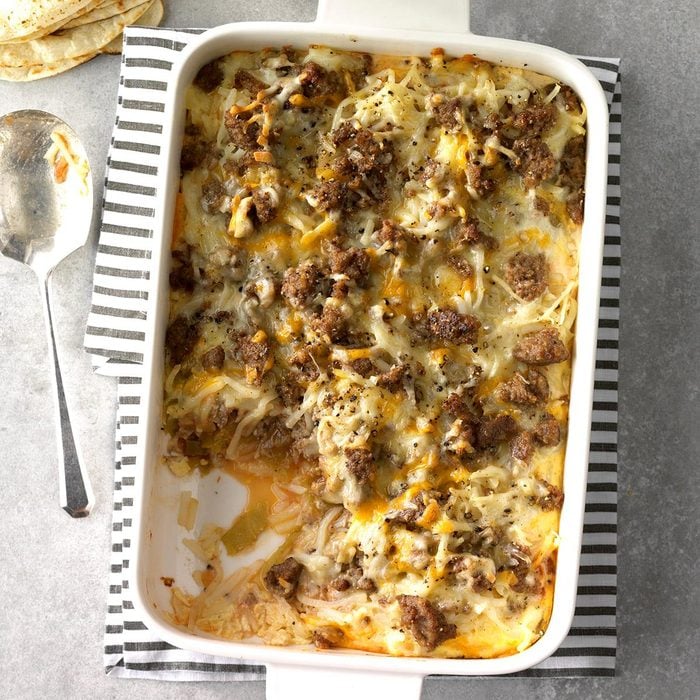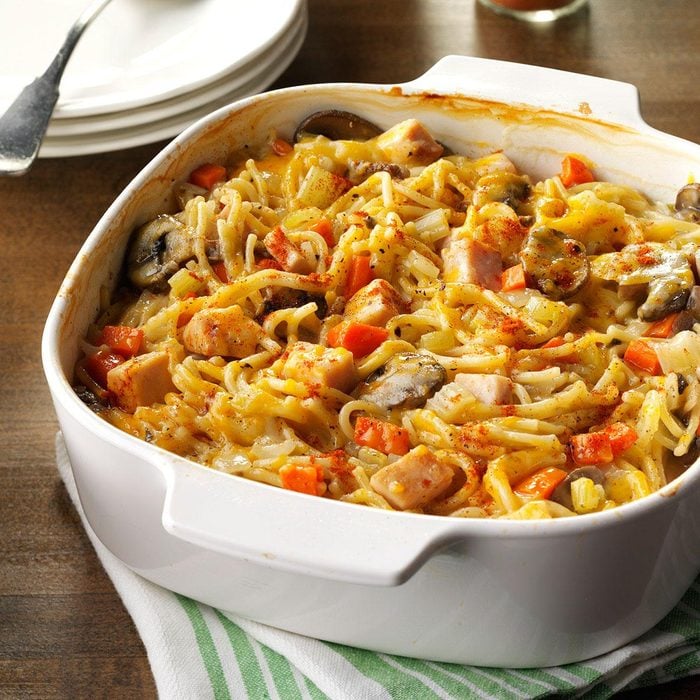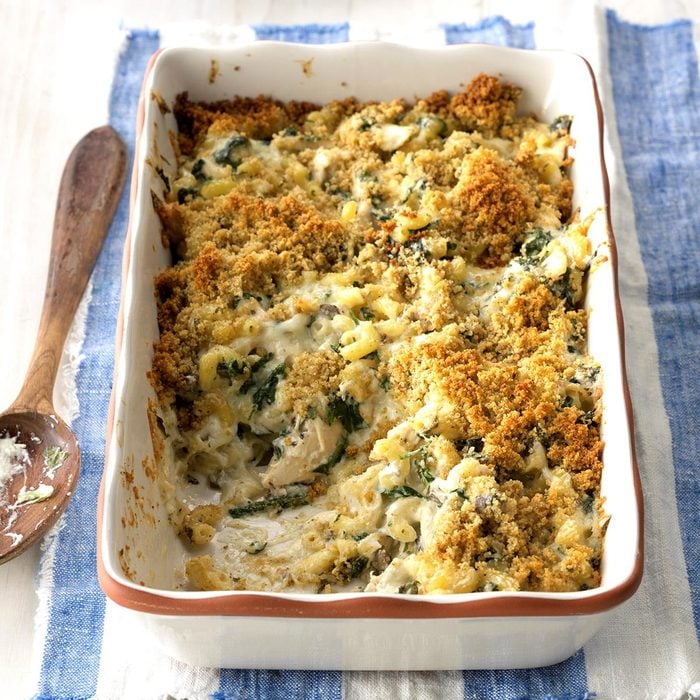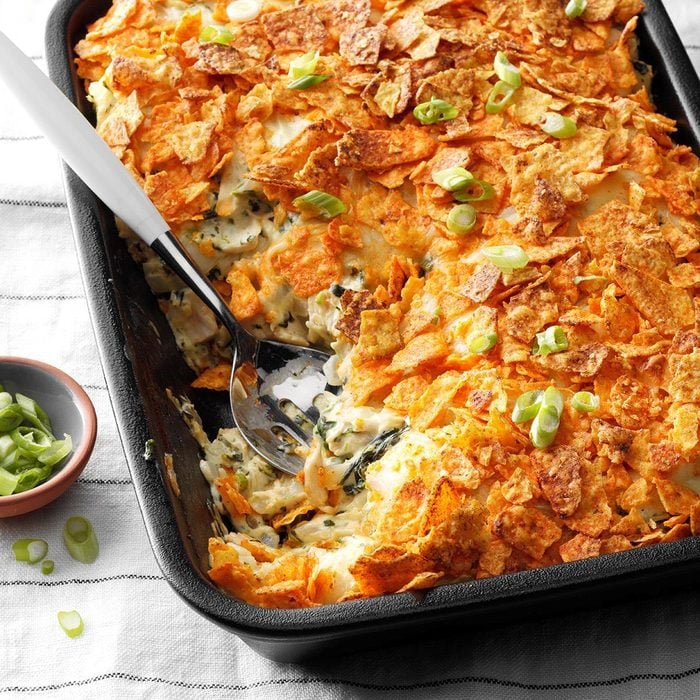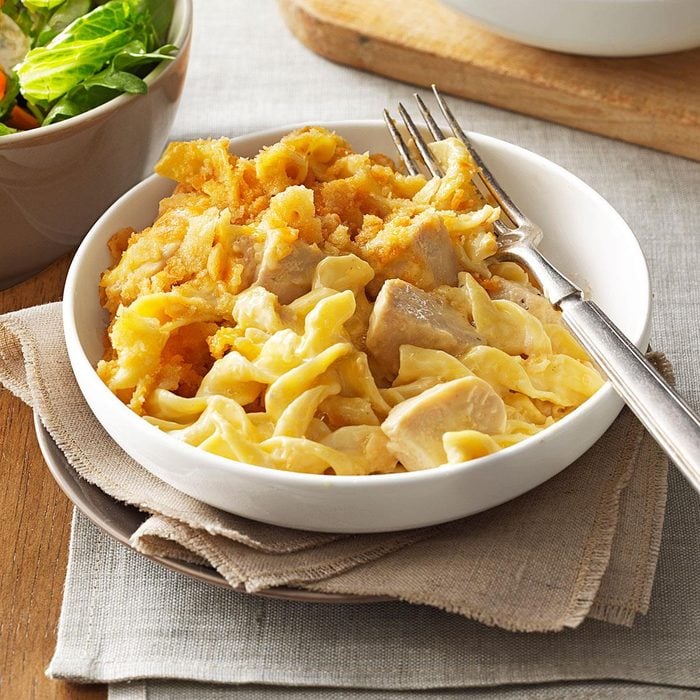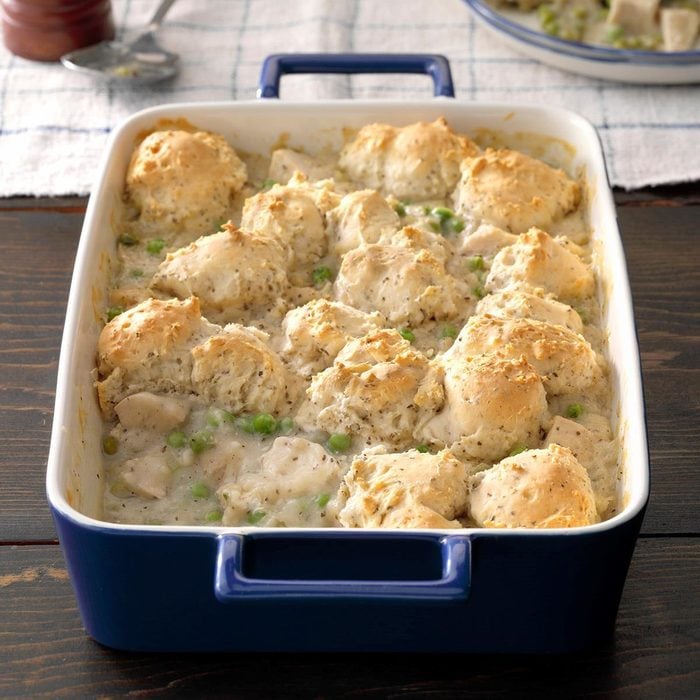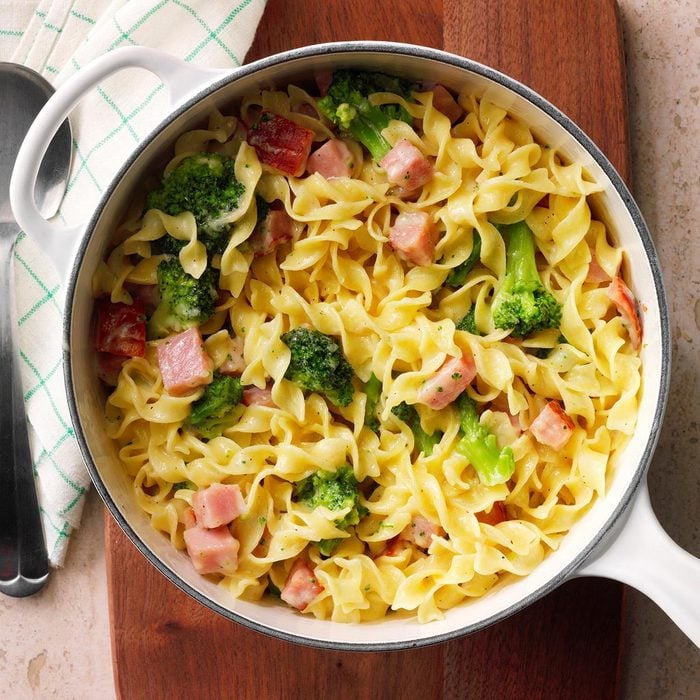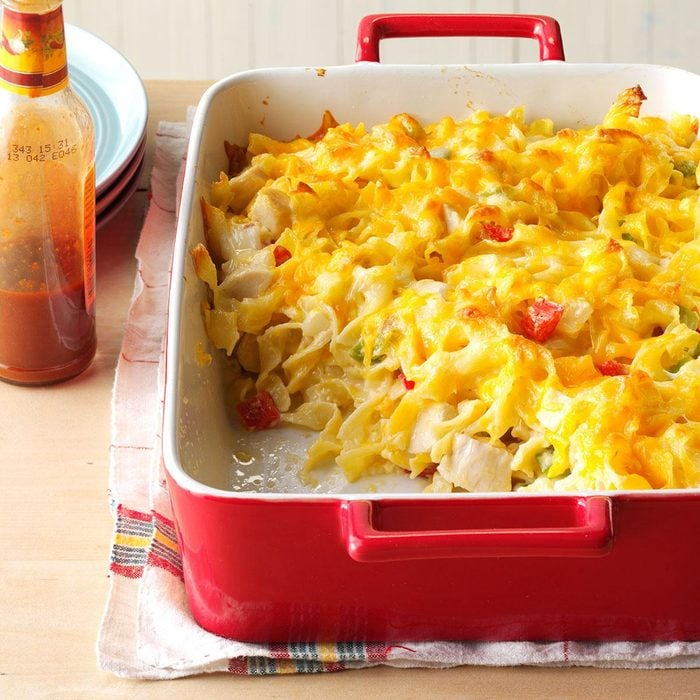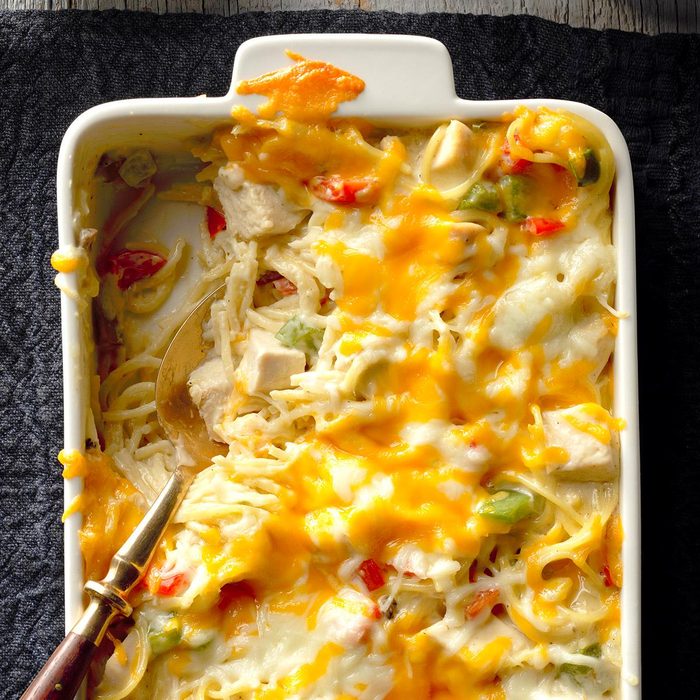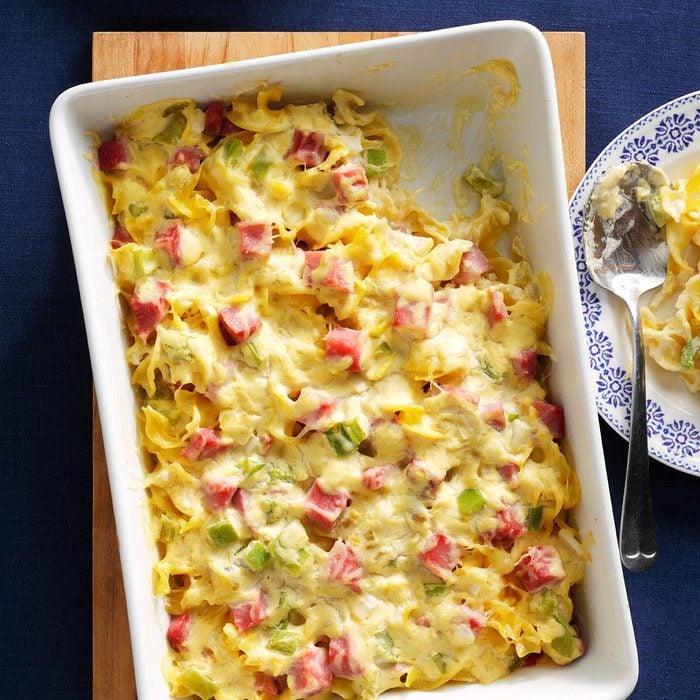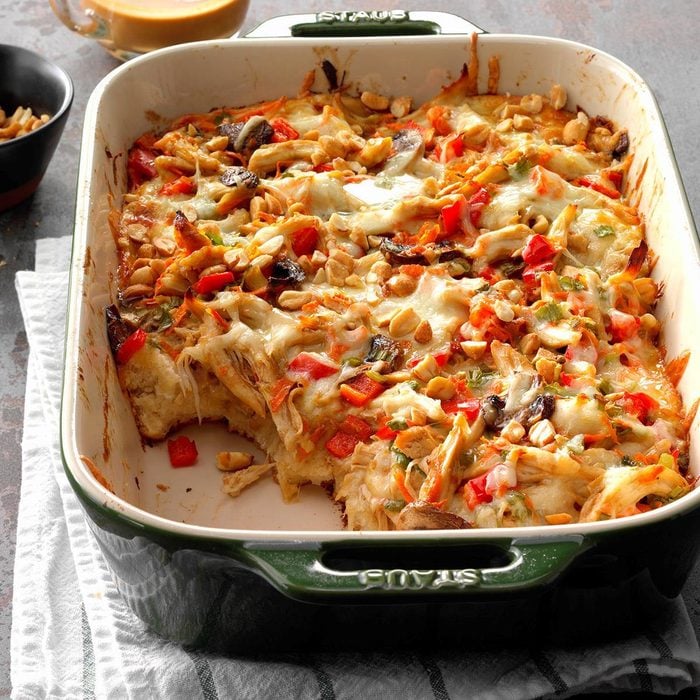When you have leftovers from a night out, to-go containers are the norm for transporting food. But when you look to reheat the next day, you may ask yourself, “Are restaurant to-go containers microwavable?” Figuring out if you’re in the clear to reheat the next day can be a tough call. So, we found out what can be nuked without incident and what may cause a mini-fire in the microwave.
What’s Safe for the Microwave
You can microwave glass, ceramic and containers with a waxy finish. This includes Chinese takeout containers—but remember to remove the metal handles prior to microwaving. You’re also good to use paper goods (such as paper plates and paper towels) as well as parchment paper.
This is how to microwave leftovers—without destroying them!
What’s Not Safe for the Microwave
Unfortunately, single-use plastic containers are typically not microwave-safe. This tends to be the majority of restaurant to-go containers, so check for a microwave-safe label before putting that container in the microwave. You can also repackage your leftovers in microwave-safe containers. Psst! Here’s the best way to store every type of leftover food.
The other containers not safe for the microwave include:
- aluminum goods
- styrofoam products (Read more about whether you can microwave styrofoam.)
- anything that is meant to be used in the cold, like butter tubs or yogurt containers
Plus, anything with a metallic or metal rim is bad news for heating in the microwave. Transfer these leftover foods to a plate instead. Find clever ways to repurpose your leftovers, too.
The Great Plastic Debate
The question of whether you can microwave plastic is a hot topic. Melissa Bailey, a registered dietitian and founder of The Nourished Fork, explains that even if the container may not look damaged after microwaving, single-use plastic may not be the best choice for reheating food. In some cases, chemicals may leach into the food if the food reacts to the container itself.
“I would recommend reheating all food on a plate or switching to a glass container to heat, rather than keeping food in the plastic container,” Bailey says. “While the jury is still out on this topic, I would try to limit the use of plastic containers as much as possible, and definitely avoid heating foods in them. It is better to be safe than sorry.”
However, according to the U.S. Food & Drug Administration (FDA), plastics that are deemed “microwave-safe,” are, in fact, safe for the microwave.
Make a Casserole to Use Up Your Leftovers
Chicken Enchilada Bake
Your family is going to gobble up this cheesy, southwestern and easy chicken enchilada casserole…and will ask for it again and again. It’s real comfort food! —Melanie Burns, Pueblo West, Colorado
Go to Recipe
Chicken and Swiss Stuffing BakeI love to cook but just don't have much time. This casserole is both comforting and fast, which makes it my favorite kind of recipe. I serve it with a green salad. —Jena Coffey, Sunset Hills, Missouri
Chicken Zucchini CasseroleA co-worker shared this chicken zucchini casserole recipe that was originally her grandmother's. When I make it, I use precooked chicken from the grocery store and fresh zucchini my neighbor gives me from his garden. —Bev Dutro, Dayton, Ohio
Crescent Turkey CasseroleHow do you make a dinner of turkey and vegetables appealing to kids? You turn it into a pie, of course! My version tastes classic but doesn’t take any time at all. —Daniela Essman, Perham, Minnesota
Pineapple Ham CasseroleLiving in Hawaii, I wanted to share this recipe which features pineapple. It's our most important fruit crop. —Marsha Fleming, Kula, Hawaii
Hearty Chicken Spaghetti CasseroleThis creamy, cheesy casserole is so hearty that second helpings are a must! —Lynne German, Woodland Hills, California
Chiles Rellenos Breakfast BakeMy family loves anything with a Southwestern flavor, so I turned classic chiles rellenos into a breakfast casserole. They became fans in an instant. —Joan Hallford, North Richland Hills, Texas
Turkey Spaghetti CasseroleMy mom made this creamy and comforting dish while I was growing up. Whenever I have leftover chicken or turkey, I look forward to making this simple yet tasty meal. —Casandra Hetrick, Lindsey, Ohio
Chicken Florentine CasseroleCreamy and comforting, this chicken and spinach bake is sure to be a hit at dinnertime. The toasty bread crumb topping delivers a bit of a crunch. —Dori Jackson, Gulf Breeze, Florida
Scalloped Potatoes with HamThis dish is a real crowd-pleaser with its smooth sauce, chunks of ham and potato slices. I always enjoyed it when Mother made it for us. I added parsley and thyme, and now my husband and five children request it all the time. —Wendy Rhoades, Yacolt, Washington
Southwestern Turkey BakeI make this turkey bake as a way to get my husband and nieces to eat their vegetables. It's also perfect if you're wondering what to do with leftover turkey. This creamy entree will fill you up fast. —Crystal Kolady, Henrietta, New York
Chicken Noodle CasseroleA friend and her family went through a really difficult time, and I felt so awful for them. Bringing over this chicken noodle casserole was the one thing I could think of to help them out in a tiny way and let them know I was thinking of them. —Lin Krankel, Oxford, Michigan
Sunday Brunch CasseroleMy father was a chef, and this was one of his favorite recipes. He served it in the hotels where he worked as well as at home. Whenever it's served today in my home, it never fails to bring back fond memories of a table laden with food and encircled with family and friends enjoying the aromas, tastes and laughter. —Roy Lyon, Coupeville, Washington
Mushroom Turkey TetrazziniThis creamy, comforting casserole makes a fantastic way to use up that leftover Thanksgiving turkey. And it’s a real family-pleaser! —Linda Howe, Lisle, Illinois.
Chicken & Dumpling CasseroleThis classic, savory casserole is one of my husband's favorites. He loves the fluffy dumplings with plenty of gravy. The basil adds just the right flavor and makes the whole house smell so good while this dish bakes. —Sue Mackey, Jackson, Wisconsin
Creamy Noodle CasseroleMy husband, Ronald, works long hours and frequently doesn't arrive home until past 7 p.m. This casserole is ideal for those late nights—it's just as tasty after it's been warmed in the microwave. —Barb Marshall, Pickerington, Ohio
Chicken Cordon Bleu BakeI got this easy chicken cordon bleu recipe from a friend years ago. I freeze several half recipes in disposable pans to share with neighbors or for when I'm pressed for time myself. —Rea Newell, Decatur, Illinois
Chicken Noodle CasseroleEveryone who tries this comforting cheesy chicken casserole asks for the recipe. It's so simple to make that sometimes I feel as if I'm cheating! —Kay Pederson, Yellville, Arkansas
Ham & Veggie CasseroleI’ve paired ham with broccoli and cauliflower for years. To complete this casserole dinner, I pass around some dinner rolls. —Sherri Melotik, Oak Creek, Wisconsin
Chicken & Cheese Noodle BakeThis is the recipe my daughters and I often make for new parents when they come home from the hospital. With its creamy spaghetti filling and melted cheese topping, this casserole holds a nice cut and comforts hungry tummies. —Fancheon Resler, Bluffton, Indiana
Contest-Winning Broccoli Chicken CasseroleThis delicious chicken and broccoli casserole recipe is a twist on chicken divan that came from an old boss. It’s quick, satisfying comfort food. —Jennifer Schlachter, Big Rock, Illinois
Farmer's CasseroleBetween family and friends, we average 375 visitors a year! This casserole is super handy—you can put it together the night before and let the flavors blend, then bake it in the morning. —Nancy Schmidt, Center, Colorado
Curried Chicken and Grits CasseroleSouthern-style cheesy grits meet curry and loads of vegetables to make a satisfying casserole that blankets the house with an inviting aroma. —Lori Shamszadeh, Fairhope, Alabama
Ham and Swiss CasseroleWhen I prepare this noodle casserole for church gatherings, it's always a hit. It can easily be doubled or tripled for a crowd. —Doris Barb, El Dorado, Kansas
Thai Peanut Chicken CasseroleI used traditional pizza sauce and toppings in this recipe for years. After becoming a fan of Thai peanut chicken pizza, I decided to use those flavors instead. Serve this dish with stir-fried vegetables or a salad with sesame dressing for an easy, delicious meal. —Katherine Wollgast, Troy, Missouri
